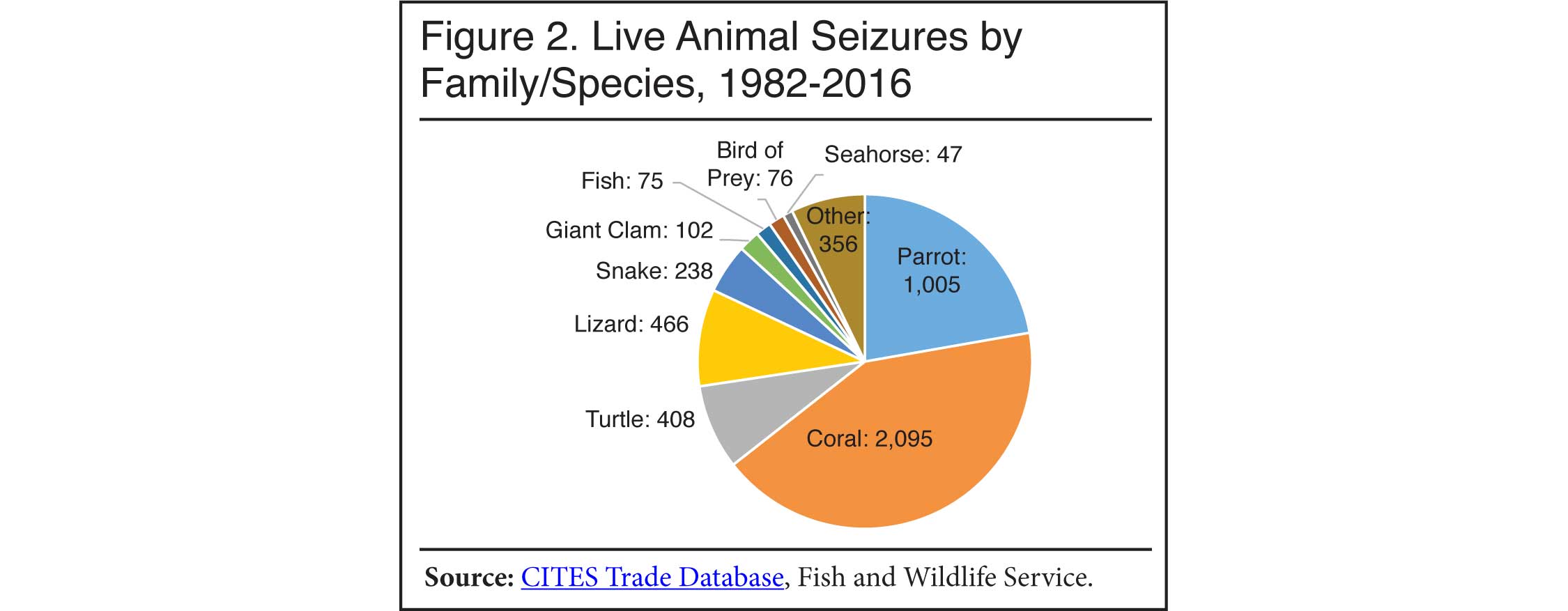Following the same routes into the United States as illegal immigrants, the illegal trafficking of live creatures has jumped nearly 300 percent in the past decade and include such oddities as coral and seahorses.
Federal data shows much of the trafficking comes into the country through Latin America, and illegal imports are seized at the ports of San Diego, El Paso, and Nogales, Ariz., also where many illegal immigrants are seized.
In an analysis of 30 years of government data, the Center for Immigration Studies highlighted the parallel paths taken by human and animal traffickers into the U.S.

“Animal smugglers and human smugglers are often connected to the same cartels, travel the same routes, and require many of the same federal resources and personnel to combat. The prevalence of smuggled live animals originating in Latin America highlights the need for border enforcement solutions to jointly tackle animal and human trafficking,” said the report.
U.S. Fish and Wildlife Services report seizing an average of 274 seizures creatures a year in the last decade, compared to 100 per year before 2008.
The hottest import is live coral, mostly from Indonesia and Malaysia.
But others include seahorses, turtles, birds, snakes and even 102 “giant clams.”
And as with human smuggling, animals are sometimes used to get illegal drugs across the border.
The CIS report noted a case from earlier this year where a Colombian drug cartel put packets of heroin in puppies sent to the U.S. Each puppy had roughly one pound of heroin in their bellies.
The report also highlighted recent legal changes to clamp down on illegal animal imports, but said a broader focus on border control will cut illegal imports of all types, including humans.
“Because illegal immigration and animal smuggling are inextricably linked, a secure border that reduces illegal immigration would necessarily reduce wildlife trafficking as well,” it said.

